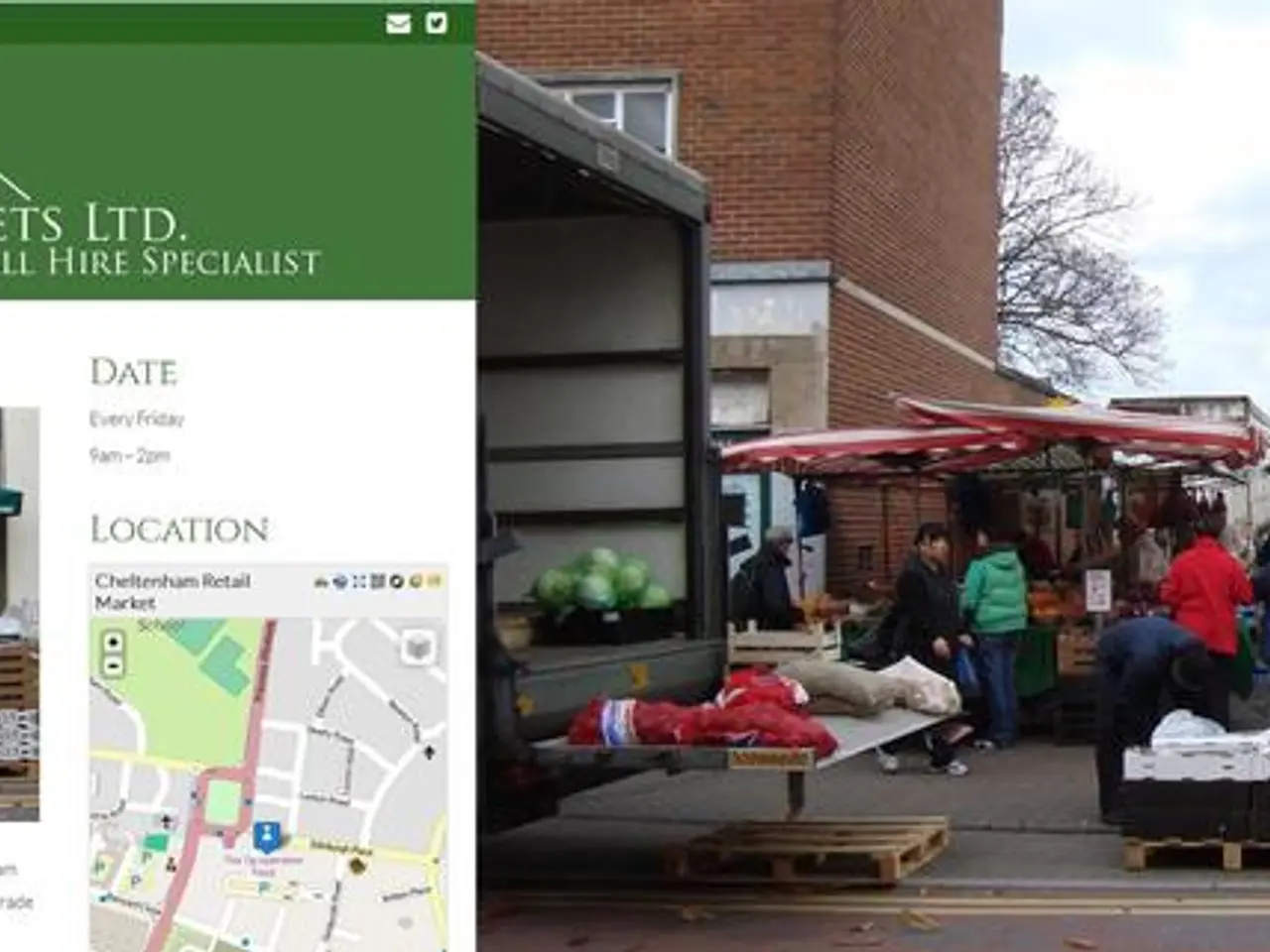Slapped with Unexpected College Closures: The Plight of Struggling Students
Glaring absence of financial control in higher education during its current predicament
In the unpredictable world of education, situations can spiral out of control in a heartbeat. Take, for instance, Yvonne Mendez, a 48-year-old student who was left high and dry when Anamarc College, her institution of choice, suddenly shut its doors.
Mendez had been attending Anamarc College in Santa Teresa, New Mexico, pursuing a registered nursing degree, when her dreams of a bright future came crashing down. She showed up for class one day in the summer of 2014 to find chaos. Anamarc, a for-profit school also operating in Texas, had abruptly announced its decision to close with little notice for students.
"Instructors were running back and forth, coming in and out of the office," Mendez recounts. "They couldn't find answers."
With no heads-up, Mendez was left to pick up the pieces, unaware that she had borrowed a hefty $36,000 for her education, a truth only revealed to her later. The college promised further information, but none ever came. Within weeks, Anamarc filed for bankruptcy.
Unfortunately, for Mendez and numerous other students, the abrupt college closures like this one are far from an isolated event. A comprehensive review of news reports over the past six years reveals more than 30 schools that chose to close without any warning, leaving students scrambling for answers. Some discovered the news via a simple note on their door while others received an unexpected email midday, marking an immediate end to their academic journey. Even those that provided advance notice often left students without a clear plan for transferring or accessing their records.
"These schools are just trying to continue making a profit for as long as possible," says Daniel Zibel, vice president of Student Defense, a nonprofit advocating for students' rights.
The lack of accountability and financial oversight in higher education is a glaring issue, as experts argue that the current system is inadequate and disjointed. To identify struggling schools, the federal government looks to outdated financial data, while accrediting agencies act inconsistently on the information they collect. State agencies often lack the resources to provide meaningful financial scrutiny, leaving them to pick up the pieces after a closure.
"There's no one organization or entity that is truly in charge of assessing financial responsibility," Zibel adds. "There's no one who has 'the buck stops here' authority."
Unprecedented Times demand Increased Protections
The coronavirus pandemic has disrupted the financial stability of countless colleges and universities, heightening concerns about the potential for abrupt closures. This crisis has put under scrutiny the system's entire financial health, shedding light on the consequences faced by students and the need for reform.
Historically, abrupt college closures have been most prevalent among for-profit institutions, with some trying to keep their doors open as long as possible in the pursuit of continued profit. Steve Gunderson, president of Career Education Colleges and Universities, argues that schools are simply striving for success and not looking to turn a profit.
"Any school that's in trouble financially isn't making any profit," Gunderson asserts. "Their profit went out the door a couple years ago."
Rethinking Federal Oversight
Mendez feels that Anamarc knew it was in financial trouble but failed to warn students. "They could have warned us," she says.
In truth, by 2014, the Department of Education knew that Anamarc was facing financial difficulties. The school's primary oversight on private colleges' fiscal health comes in the form of a rating called the "financial responsibility composite score," with ratings ranging from minus-1 to 3. Anamarc earned a 1 for the 2011-12 school year, qualifying as financially responsible but putting it in the warning zone, and the school was subject to additional monitoring.
The following year, its score plunged to minus-0.8. By the time the government received and published this information, however, Anamarc had already closed its doors. The department gives for-profit schools six months from the end of the fiscal year to submit audited financial statements, allowing schools like Anamarc to slip through the cracks. This lag time is one of the most significant issues with the composite score, experts argue.
The composite score is also a poor predictor of school closures, with a 2017 Government Accountability Office report revealing that half of the colleges that had closed since 2010 had recently received passing scores.
The Need for Accrediting Agencies to Step Up
Accrediting agencies are supposed to play a crucial role in monitoring higher education institutions, collecting annual financial reports, and using that information to impose additional monitoring or sanctions. However, critics suggest that accreditors are not tough enough in their oversight and tend to give institutions the benefit of the doubt, even in cases of financial woes.
"Accreditors are kind of loath to place added pressure on a school that's already struggling," states Clare McCann, deputy director of federal higher education policy at New America, a left-leaning think tank.
Colleges argue that making financial problems public would drive students away, sealing their fate and forcing closure. However, McCann asserts, students deserve transparency and should not be asked to continue making financial commitments to institutions that are at risk of closure.
Improving financial oversight and preventing abrupt college closures demand fundamental changes in the way accreditation, regulation, and accountability function. Recognizing the role that these agencies play in ensuring academic quality, compliance with federal laws, and preventing poor educational outcomes that can culminate in unexpected closures is crucial. With stricter standards, transparency, and student safety at the forefront, stakeholders can work together to safeguard students against the harsh consequences of campus closures.
- The sudden school closures, such as the one experienced by Yvonne Mendez at Anamarc College, have become more frequent, despite the critical role education plays in addressing inequality.
- In the higher education sector, a lack of comprehensive financial oversight by accrediting agencies and the federal government exacerbates the problem, allowing struggling institutions to continue operating until it's too late for students.
- As higher education institutions face financial instability during unprecedented times like the coronavirus pandemic, it is essential to implement stricter accreditation standards, transparency, and student safety measures to prevent abrupt college closures and their devastating effects on students' futures.




